The Adult Swim wave of anime found in the early 00s was a special era in animated TV. The sub-sect of Cartoon Network played host to some of the most popular animated series – both Japanese and Western – of all-time, including Dragon Ball Z, Naruto, and Samurai Jack to name a few. But among that phenomenal line-up stood two shows created by a man obsessed with music and originality, and have stood out as two of the most memorable anime of all-time.
Shinichirō Watanabe is the legendary anime director behind Cowboy Bebop and Samurai Champloo, which are both still regarded amongst the greatest Japanese animated shows ever-made. Both series, which each only lasted for one season, feature a combination of Watanabe’s overtly thematic storytelling and expertly crafted soundtracks, which have elevated their respective shows to their current cult-like status. Even without their soundtracks, the sleek animation, tightly choreographed action scenes, and rich characters and stories are enough for both shows to receive similar acclaim from critics and audiences. However, if you ask anyone to describe their memories of watching either show, the first thing they will mention is the music.
Before becoming a cult-like figure in the world of anime, Watanabe initially wanted to be a musician, however, he has confessed himself that any of his original songs were always terrible. As a result, Watanabe followed his other passion into movies and animation, with music remaining a hobby. When he was permitted to direct his own shows, in an attempt to stand out from other directors and make a name for himself, Watanabe committed himself to utilising his musical knowledge and making the best use of music in his animation.
Related Post
The Ultra-Violent Pacifism of Vinland Saga
Set against the backdrop of the 11th Century Viking invasion of England, Vinland Saga uses its ultra-violent imagery and plot to convey its pacifistic ideals.
Read More…Cowboy Bebop and Samurai Champloo feature juxtaposingly sounding, but equally unique, soundtracks. Cowboy Bebop‘s space faring tales of broke bounty hunters is smoothly scored by a soundtrack made entirely of jazz. From the iconic opening theme ‘Tank!’, to the musical accompaniments to its many shootouts, the show is dominated by trumpet, saxophone, and flute melodies. Samurai Champloo, on the other hand, is heavily inspired – musically and environmentally – by hip hop. The soundtrack is packed with original scores that pay homage to the sampling classics of 90s hip hop.
The most memorable score found in both shows are their opening tracks, which have each gained life outside of their respective series.
The aforementioned ‘Tank!’ is the work of the jazz group SEATBELTS, who were originally formed to create the show’s soundtrack, and have since gone on to release various other original singles and albums. ‘Tank!’ was intended to evoke memories of a 1960s spy thriller, in which the action and adrenaline of the punchy brass instruments are always accompanied by the suave, smoother bass notes and rolling drums. Contrary to the show’s title, the opening theme actually has nothing to do with the bebop genre, and is in fact defined as a ‘Latin-infused hard bop, big band piece.’ The almost lyric-less track catches in the audience’s minds immediately, and due to its constantly shifting pace, is used malleably when transitioning into the actual show. The track has become widely recognised as one of, if not the greatest anime opening scores of all time, and has been cited as an inspiration by many modern jazz groups.
Moving away from the aggressive brass and smooth jazz found in Cowboy Bebop, Watanabe’s other hit-show, Samurai Champloo takes its instrumental queues from the 90s hip-hop movement. Although the soundtrack is comprised of original pieces, each song contains various samples from a diverse range of genres. The show’s opening theme, ‘Battlecry’, is produced by Nujabes with lyrics by Shing02, who were frequent collaborators before Nujabes’ untimely passing. Unlike the almost wordless opening to Cowboy Bebop, ‘Battlecry’s multiple verses and choruses feature lyrics describing the responsibilities and mental state of a samurai. ‘Battlecry’ is one of only two songs on the soundtrack with lyrics, however, when Watanabe originally conceived of Samurai Champloo, his first idea was for Mugen (one of the show’s protagonists) to be a rapping samurai. Much like ‘Tank!’, ‘Battlecry’ has gained popularity outside the show, and is ranked among one of Nujabes’ and Shing02’s most popular songs.
Watanabe has frequently stated in interviews that his writing process for his shows always start with the music above all else. Watanabe’s first step in the creation process was discussing with his screenwriting partners what music they had been listening to recently. Then, after absorbing the atmosphere and tone of their favourite songs, ideas would begin to form, leading to the creation of his original animes.
In an interview with Forbes, Watanabe clarified that he only ever wanted to direct original ideas, as opposed to adapting mangas (which is common place in the world of anime). As a result, Watanabe is never limited by pre-conceived stories, and fan-based perceptions. This allows Watanabe to explore his ideas to their fullest potential, and by whichever means he deems necessary – and in Watanabe’s case, it’s exploring these stories through music. There is an unspoken vibe to Watanabe’s work, a sense of calm and tranquillity that resonates with audiences, even during action scenes. It is this tranquillity that has helped both shows to earn their cult status, and has resulted in thousands of fans turning to either (or both) show/s as their go-to comfort watch. In that same interview, Watanabe outlined his distaste for Japanese cinema which ‘used music to try and make the audience cry… I wanted to do what I thought was cool.’ This sentiment follows Watanabe into his work, with none of his soundtracks forcing emotions on the audience, they simply allow the overall tone (or vibe) of the show to persist, with the emotions coming naturally from the storytelling.
Watanabe’s inspiration can be clearly seen outside the world of anime. In 2019, Flying Lotus released the track ‘More’, which featured Anderson. Paak. Alongside these two stars of modern hip-hip, Shinichiro Watanabe was brought on to direct the music video. Flying Lotus has previously mentioned that Nujabes and, by extension, Samurai Champloo has been a massive influence on his music – with lying Lotus later going on to produce the soundtrack for Netflix’s Yasuke anime. While the song takes its queues from Nujabes, the visuals and theme of the video are greatly inspired by Cowboy Bebop, as the video features an astronaut crash landing on an alien planet and encountering a robot DJ.
Join Our Mailing List!
Watanabe’s newest series, titled Lazarus, is set to release sometime soon, although an official release date is still TBD. The first trailer for the series features a dystopian city aesthetic, and the trailer comes an accompanying instrumental track to match the imagery. The trailer screams Watanabe, through its fluid, sharp animation, to its mellow score that lulls you in. While little is known about Lazarus, it is almost guaranteed that Watanabe will fill the new show with incredible music to lull audiences into the show’s overall vibe.




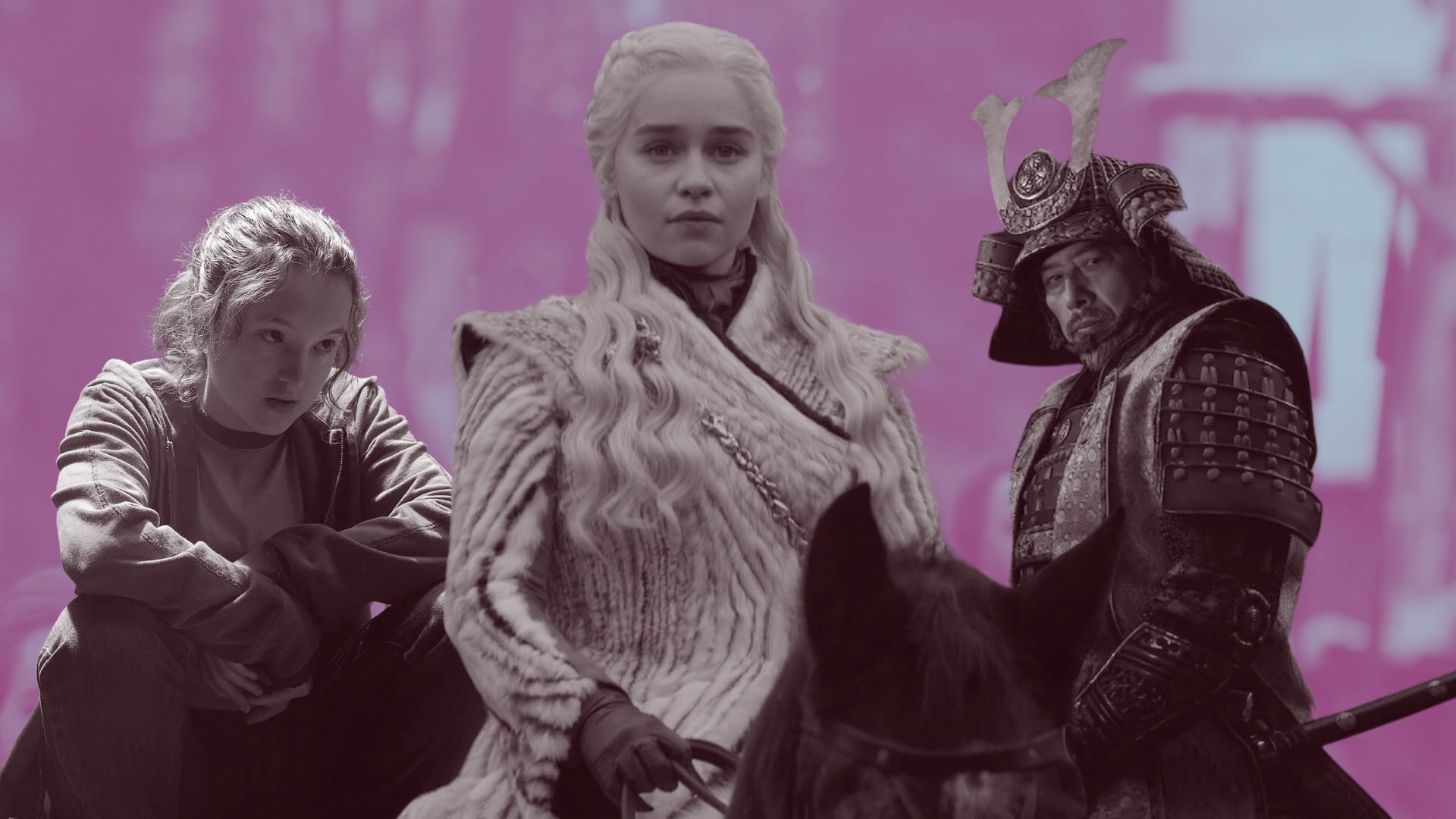
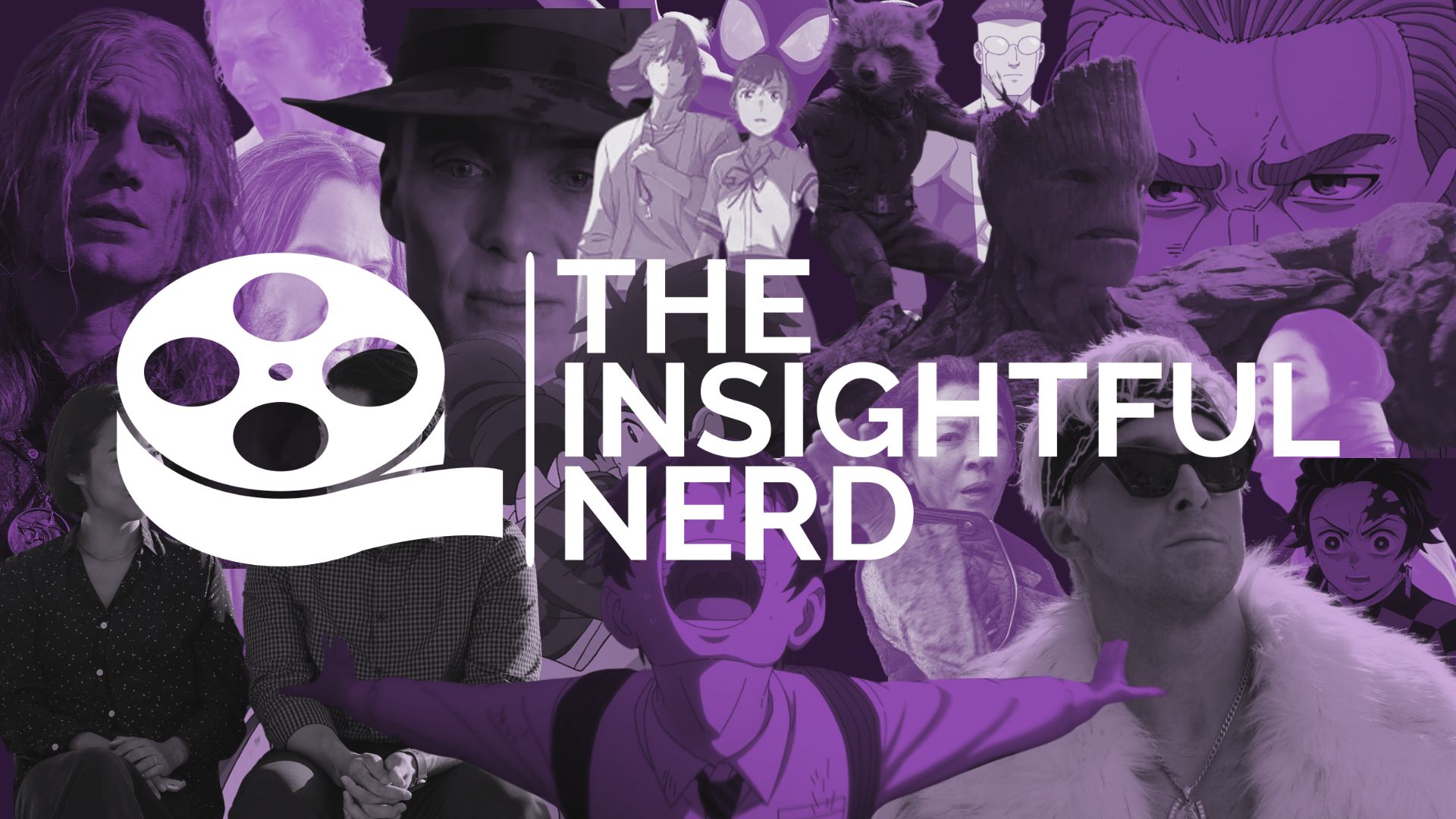


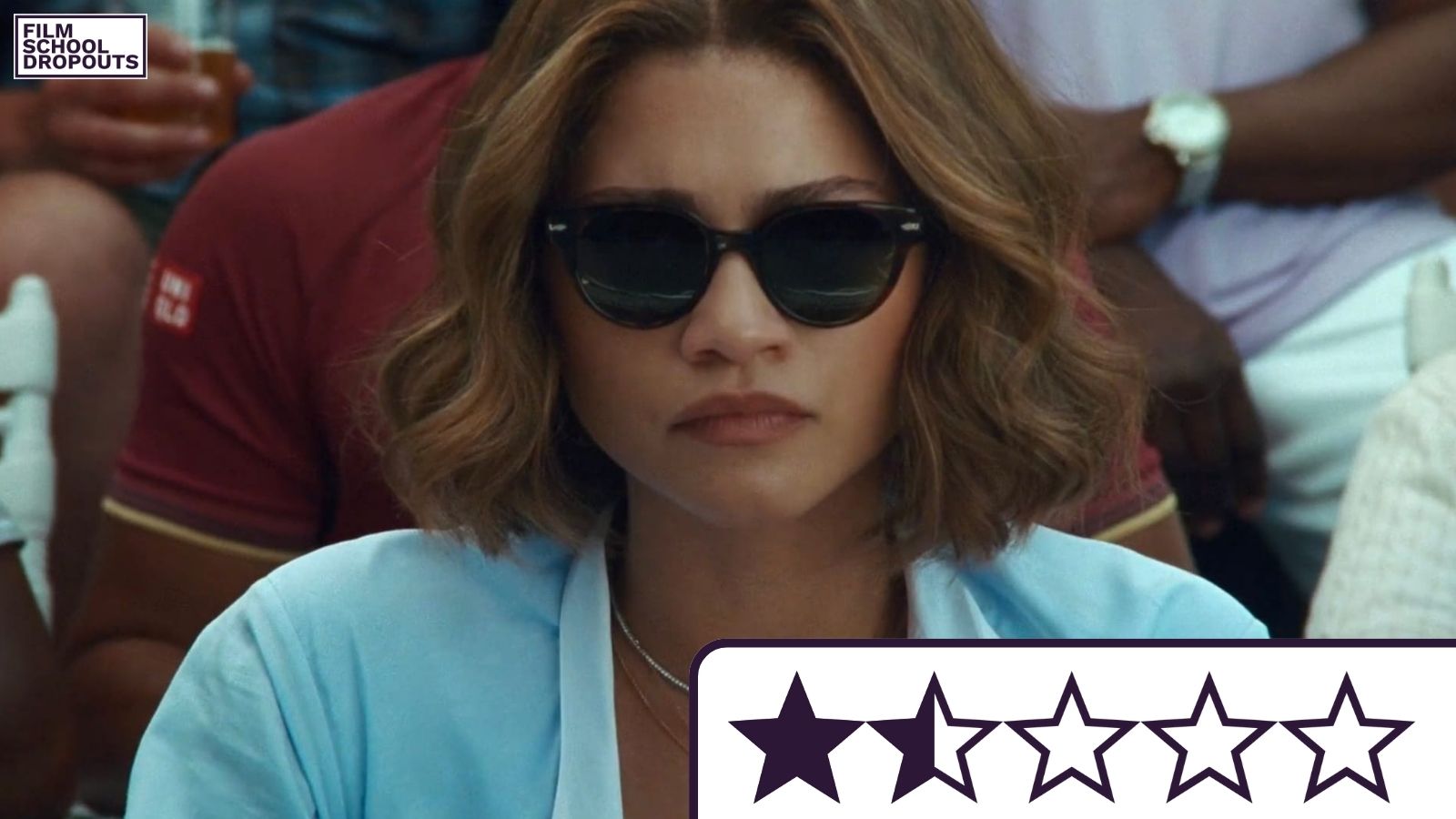



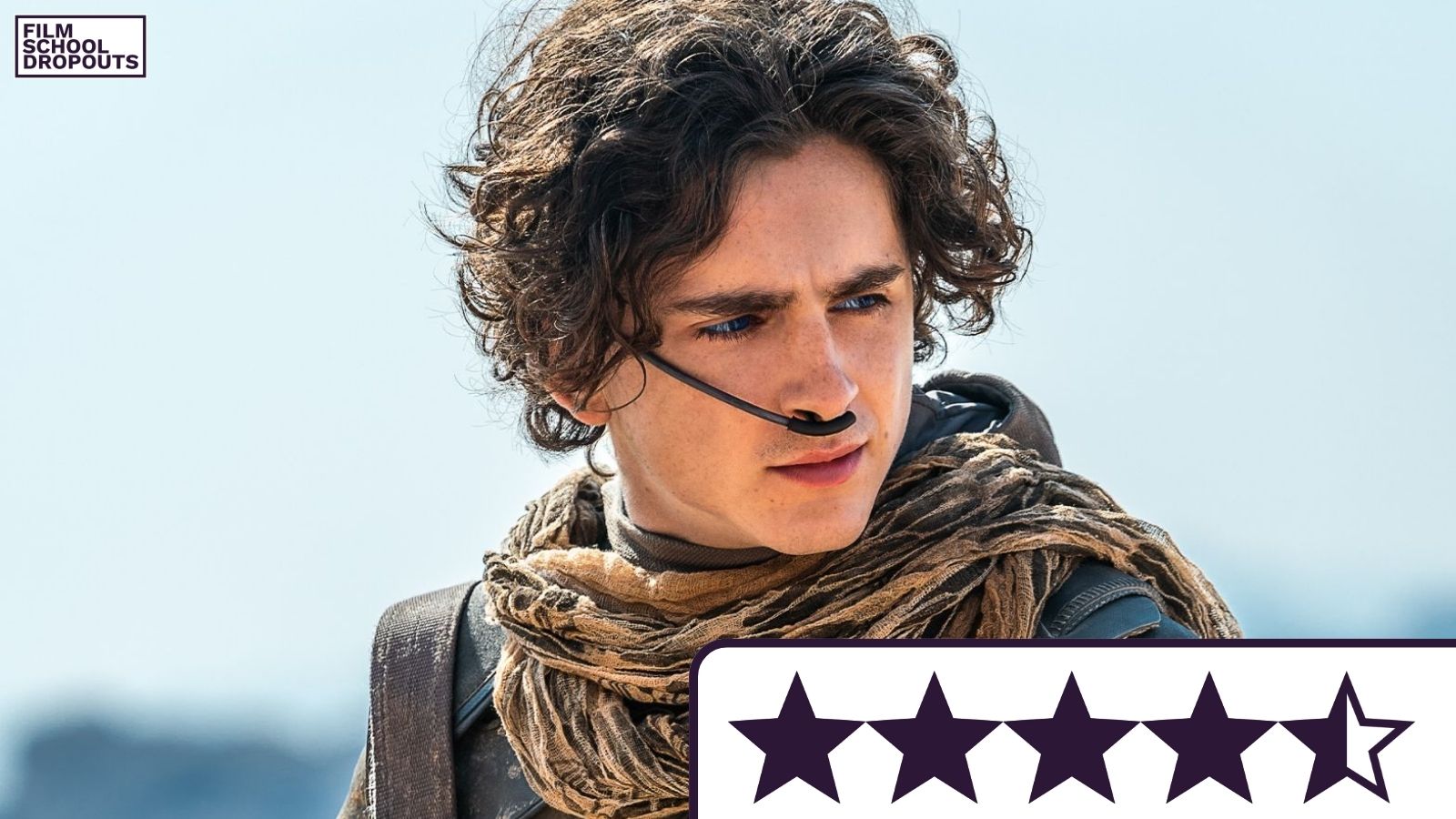

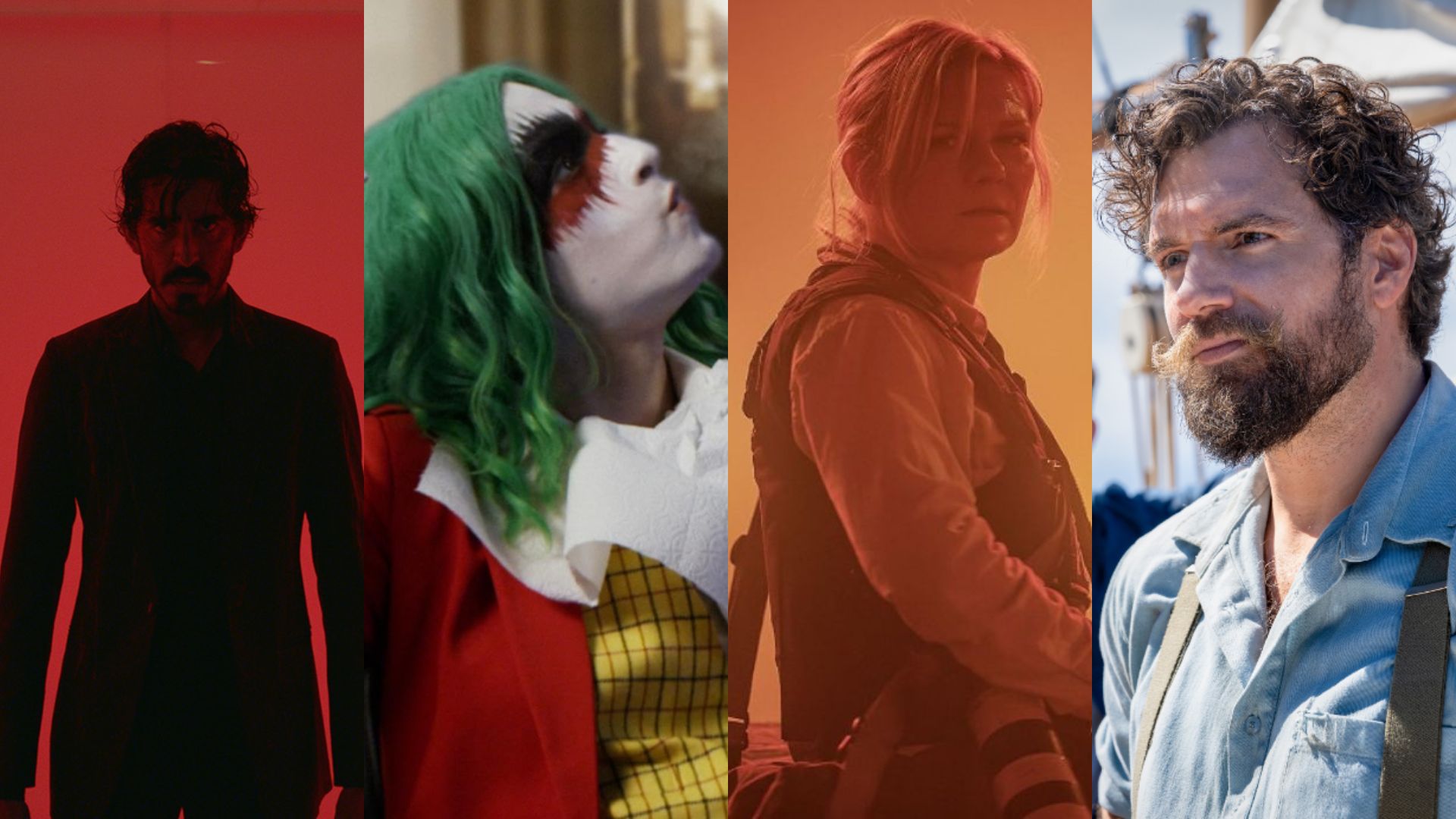
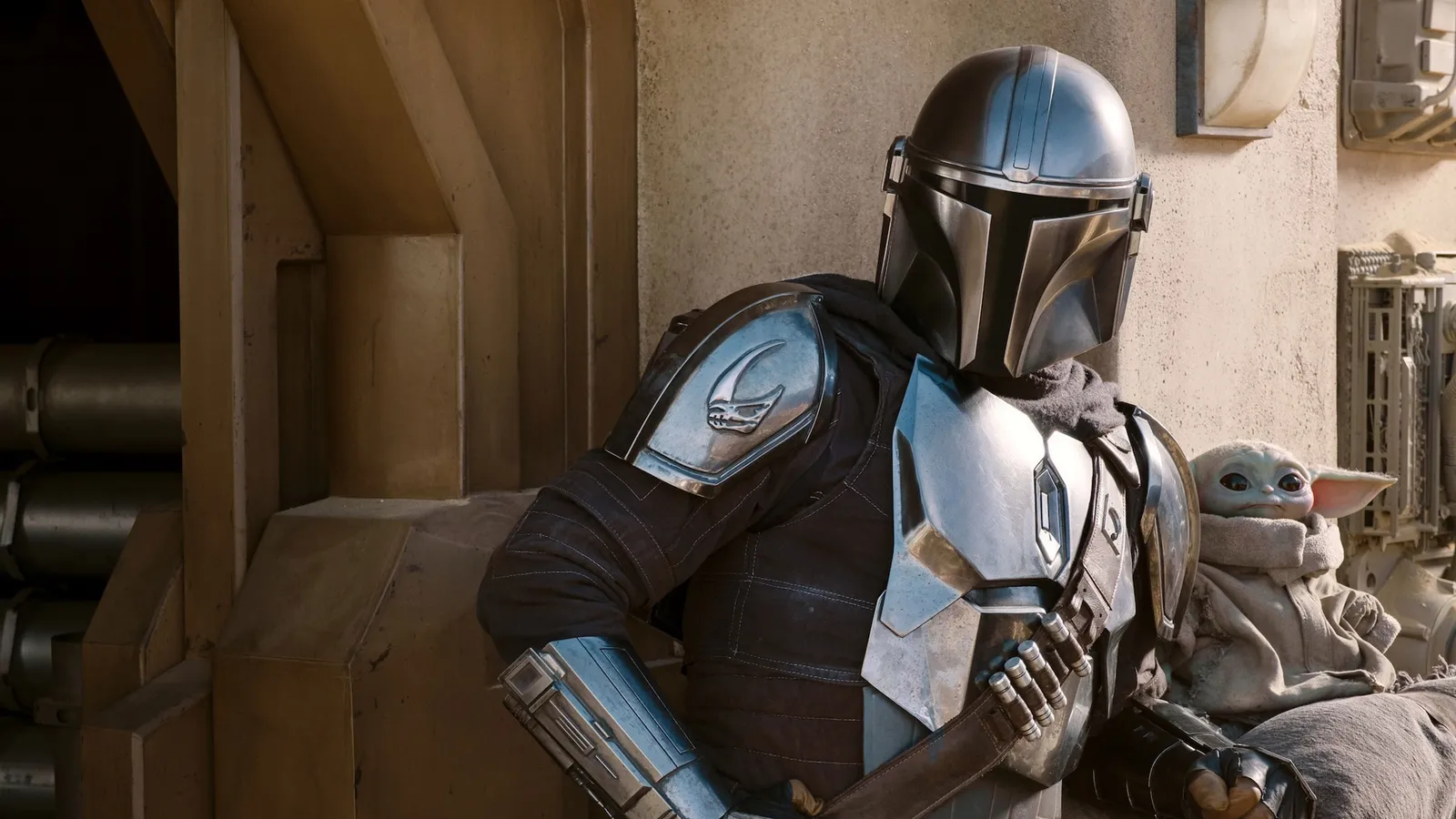
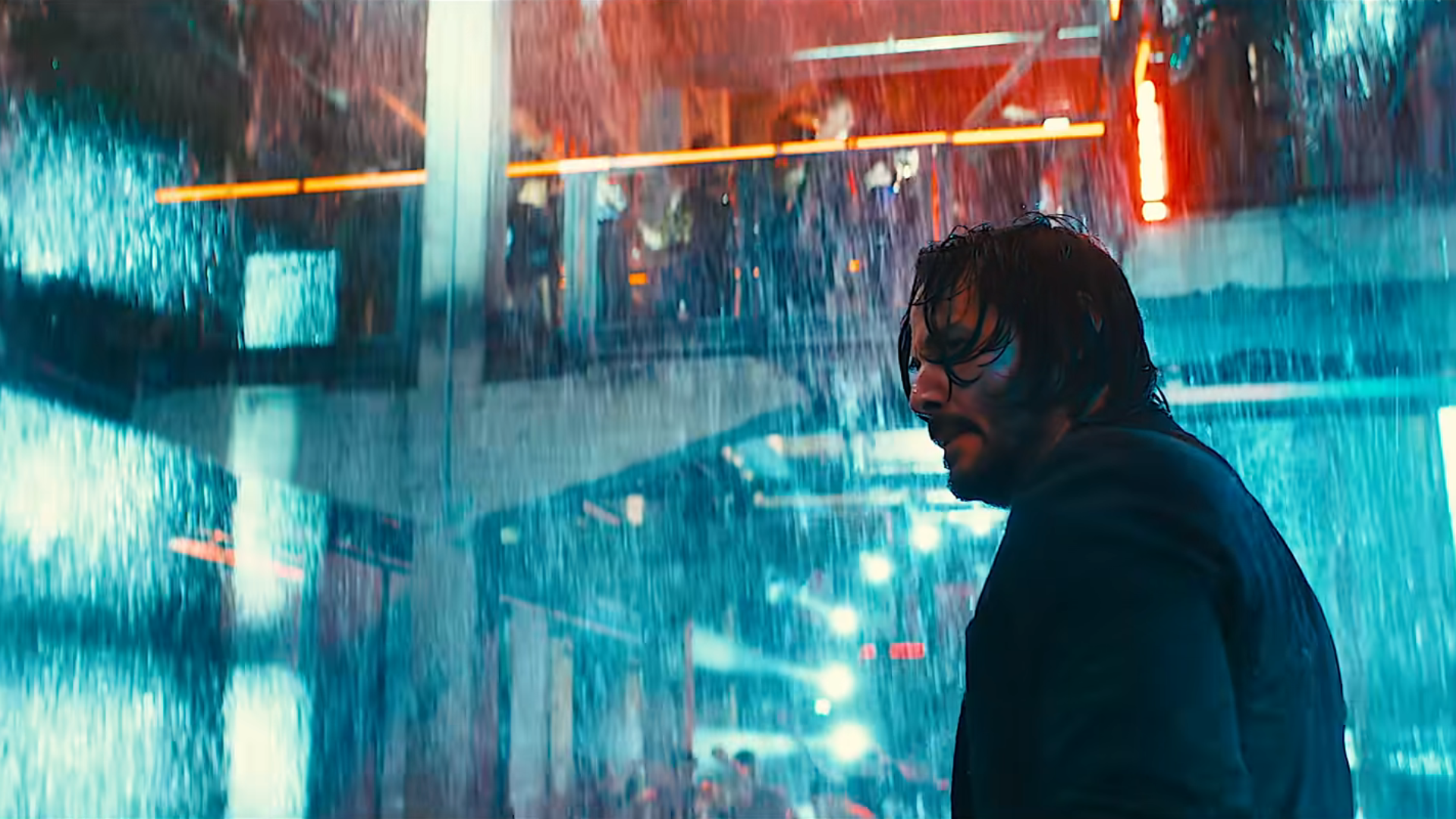
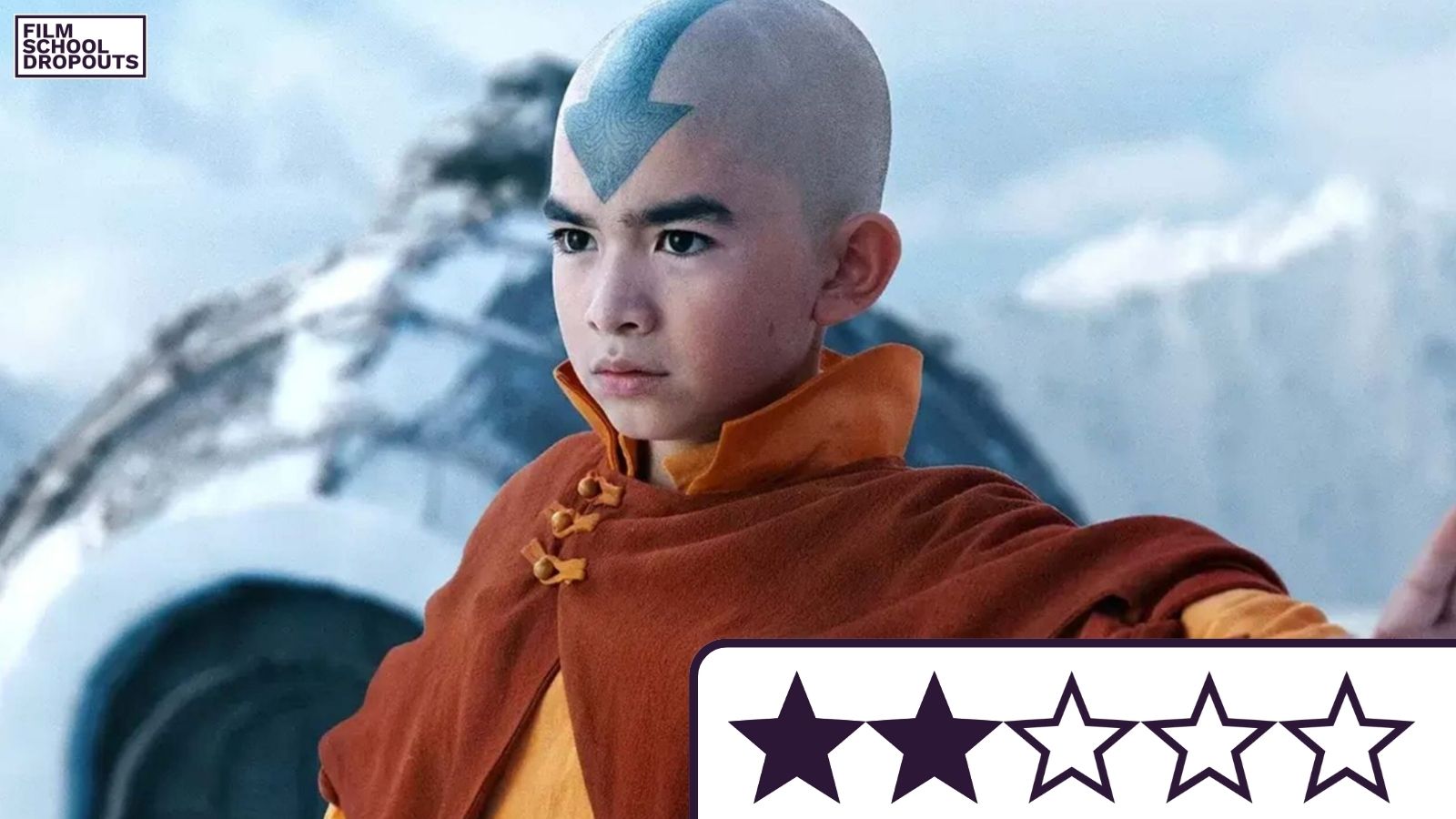

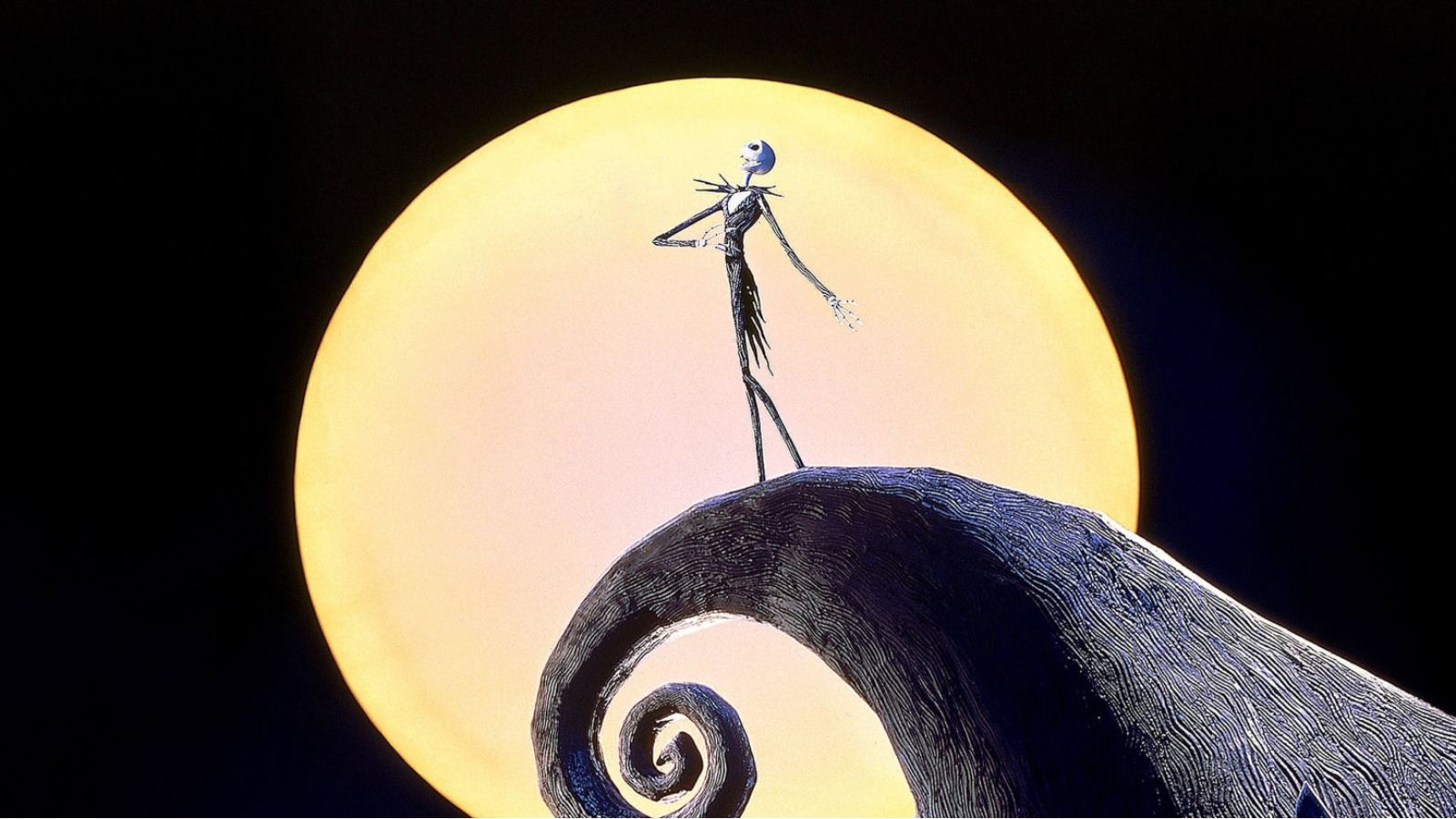


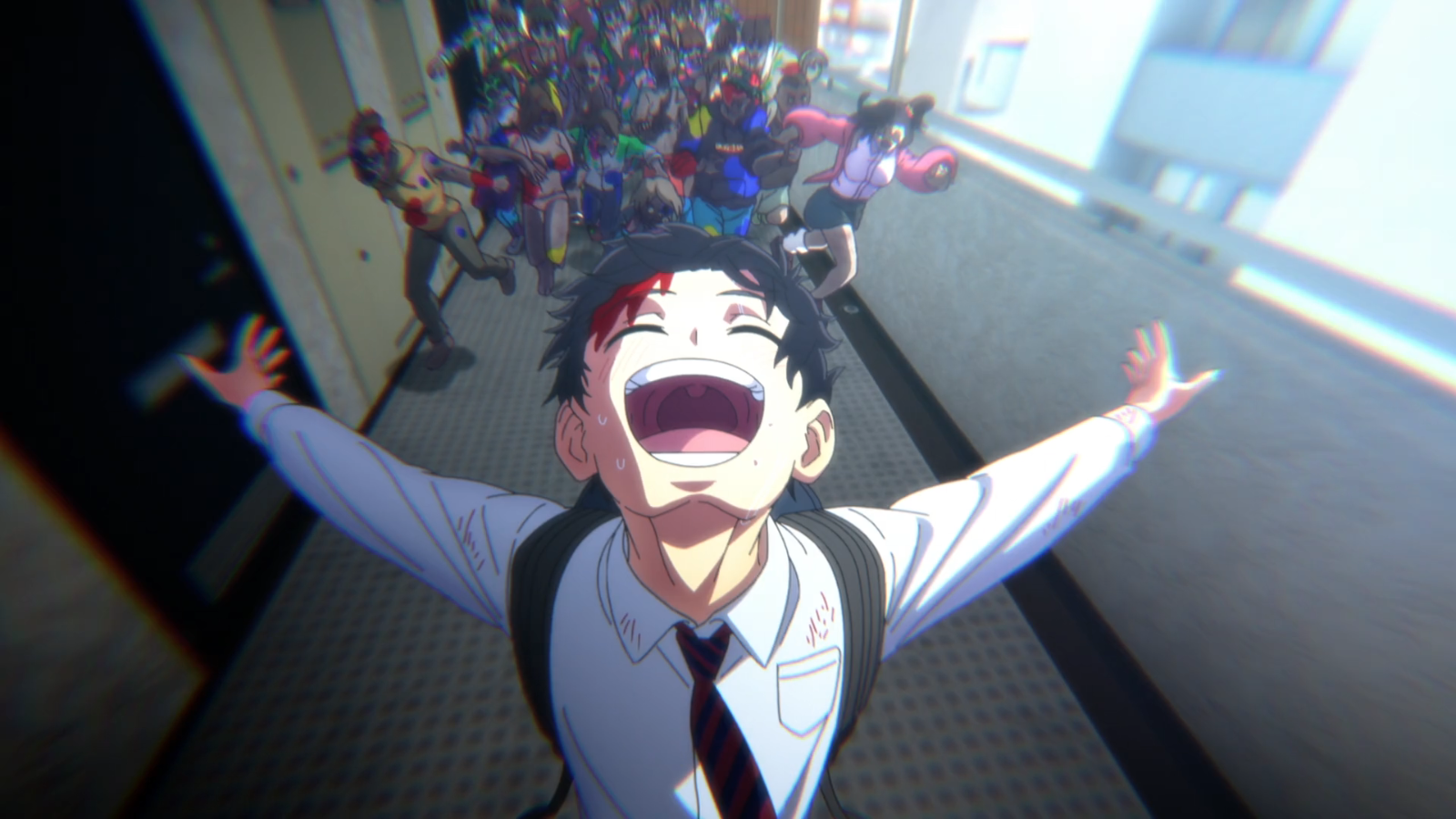
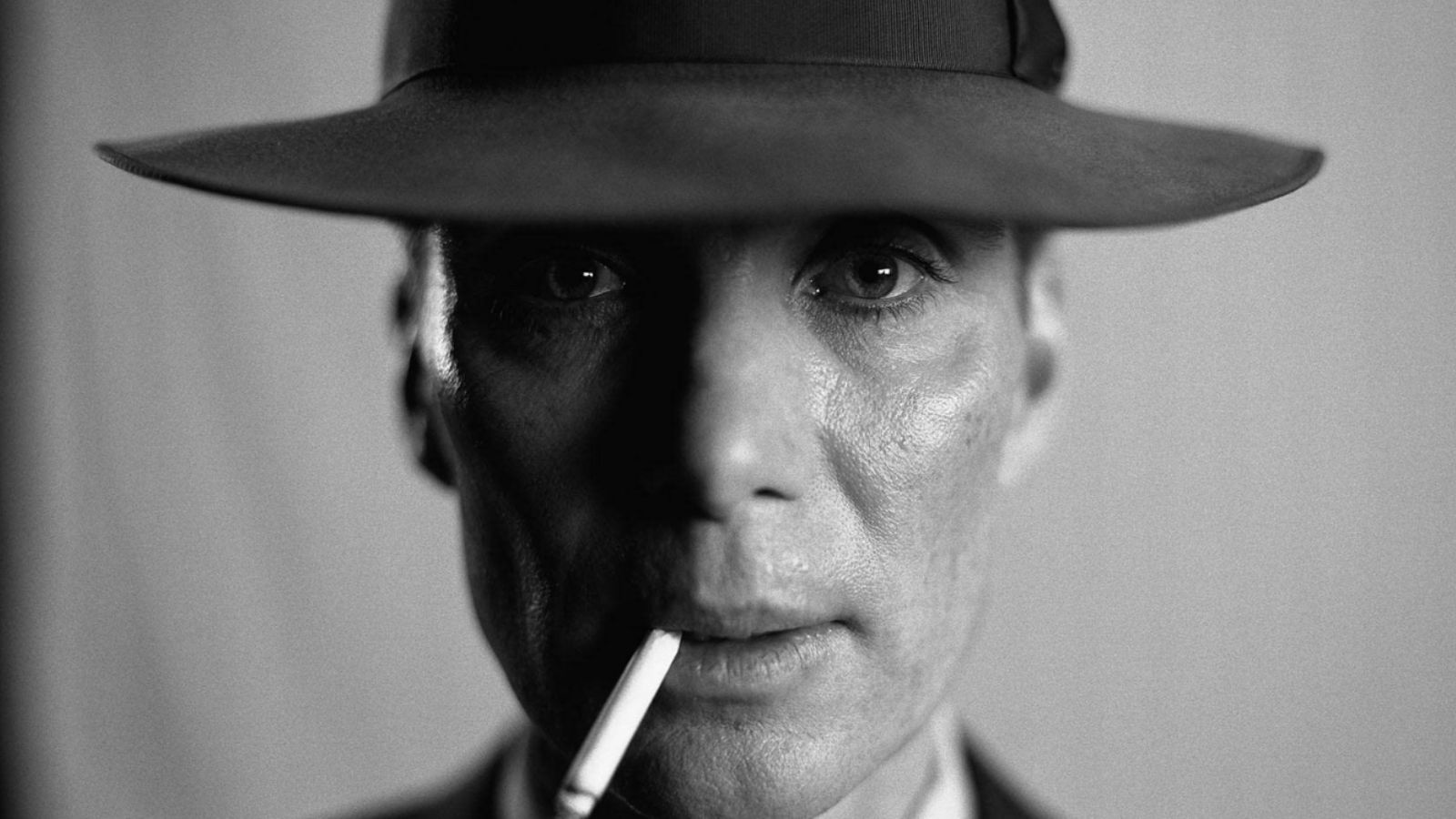
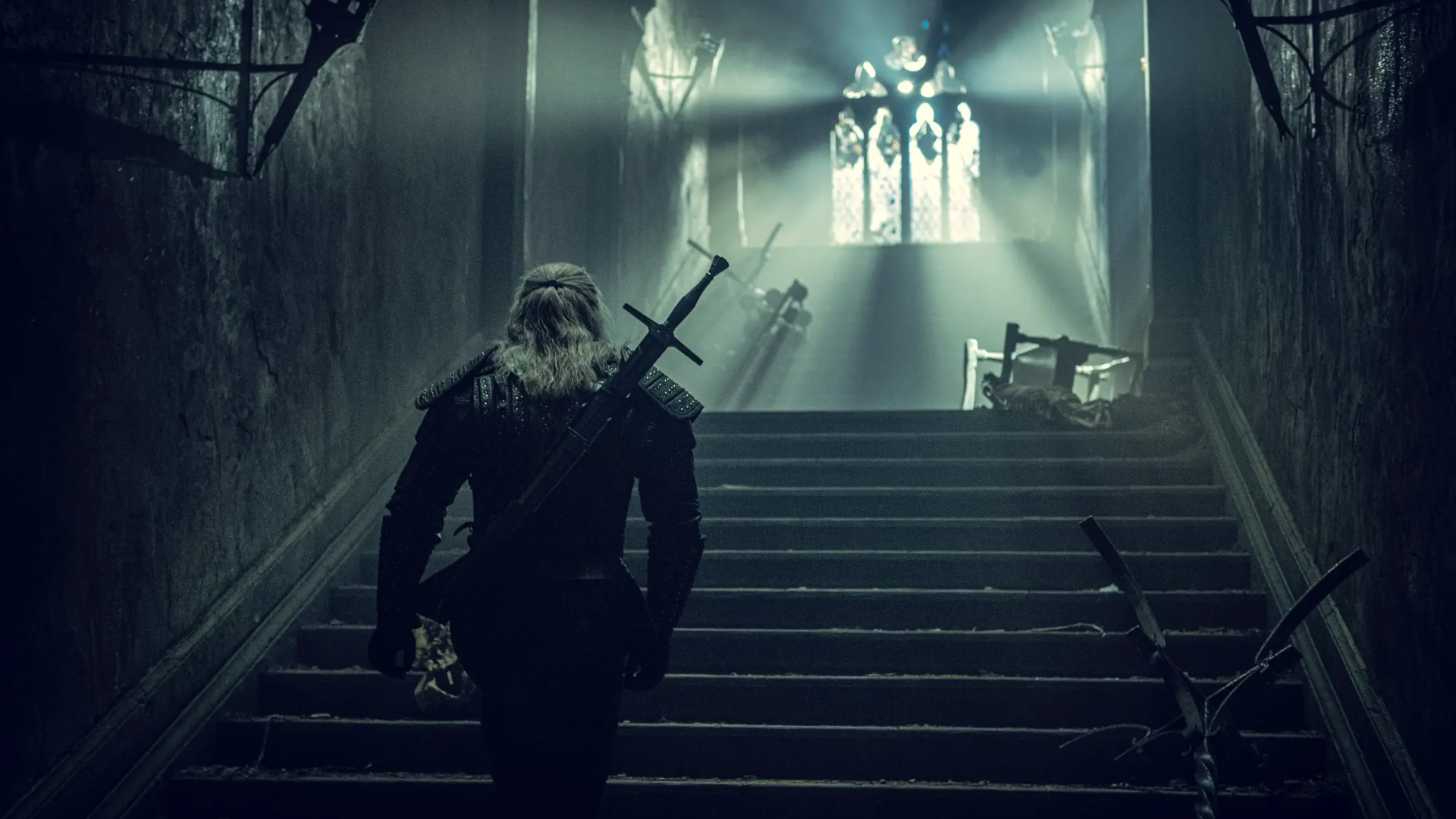


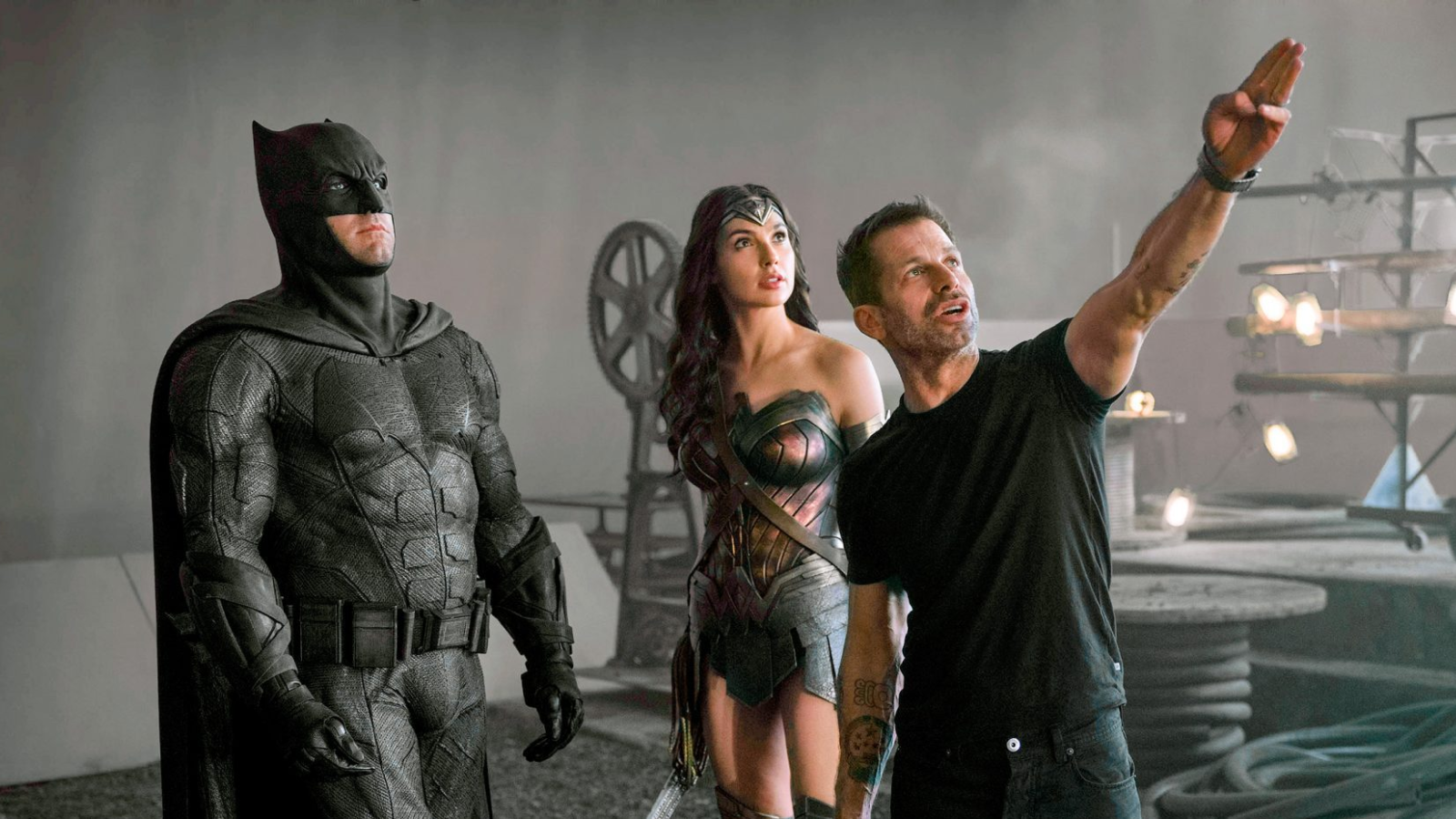


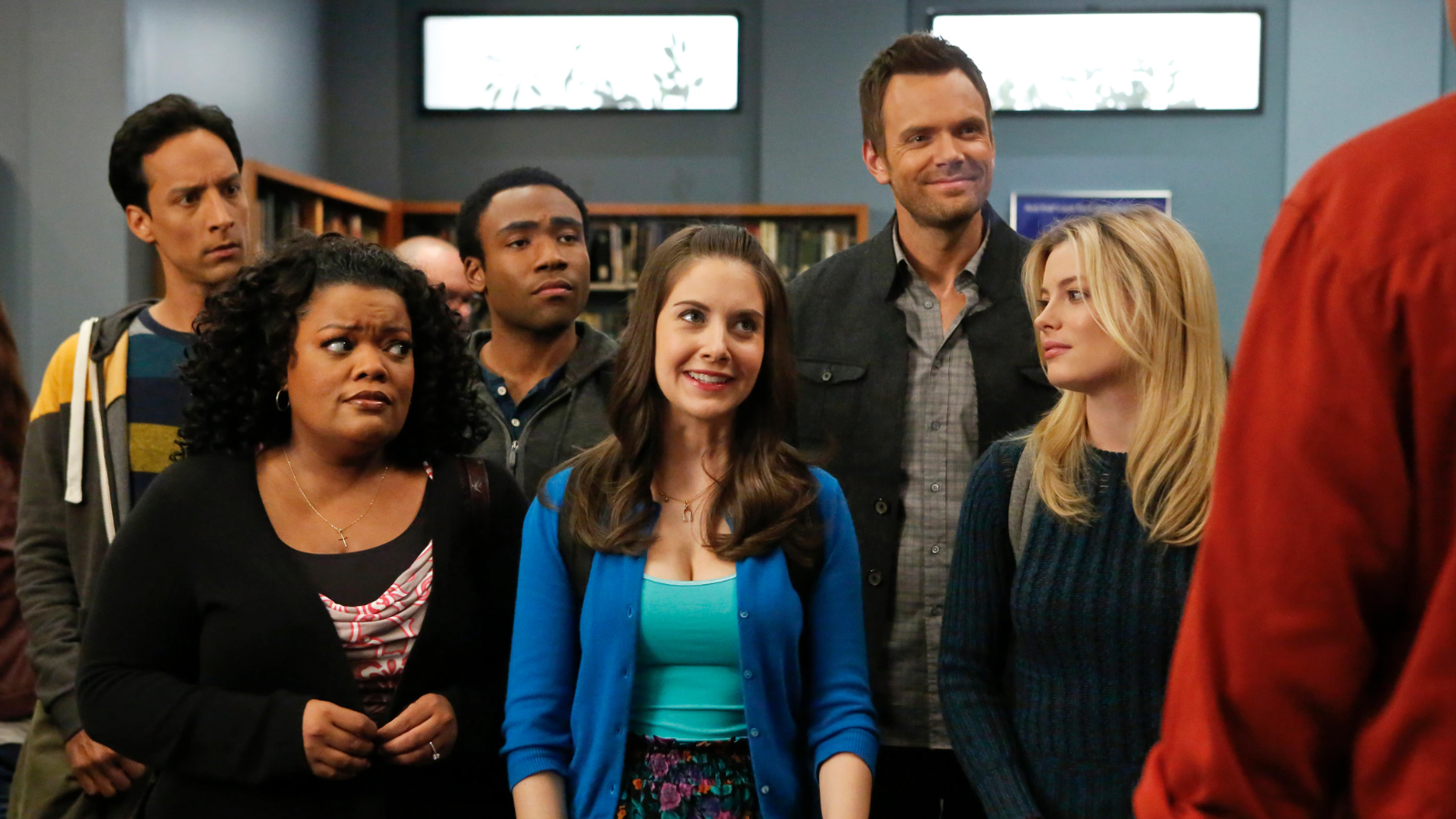
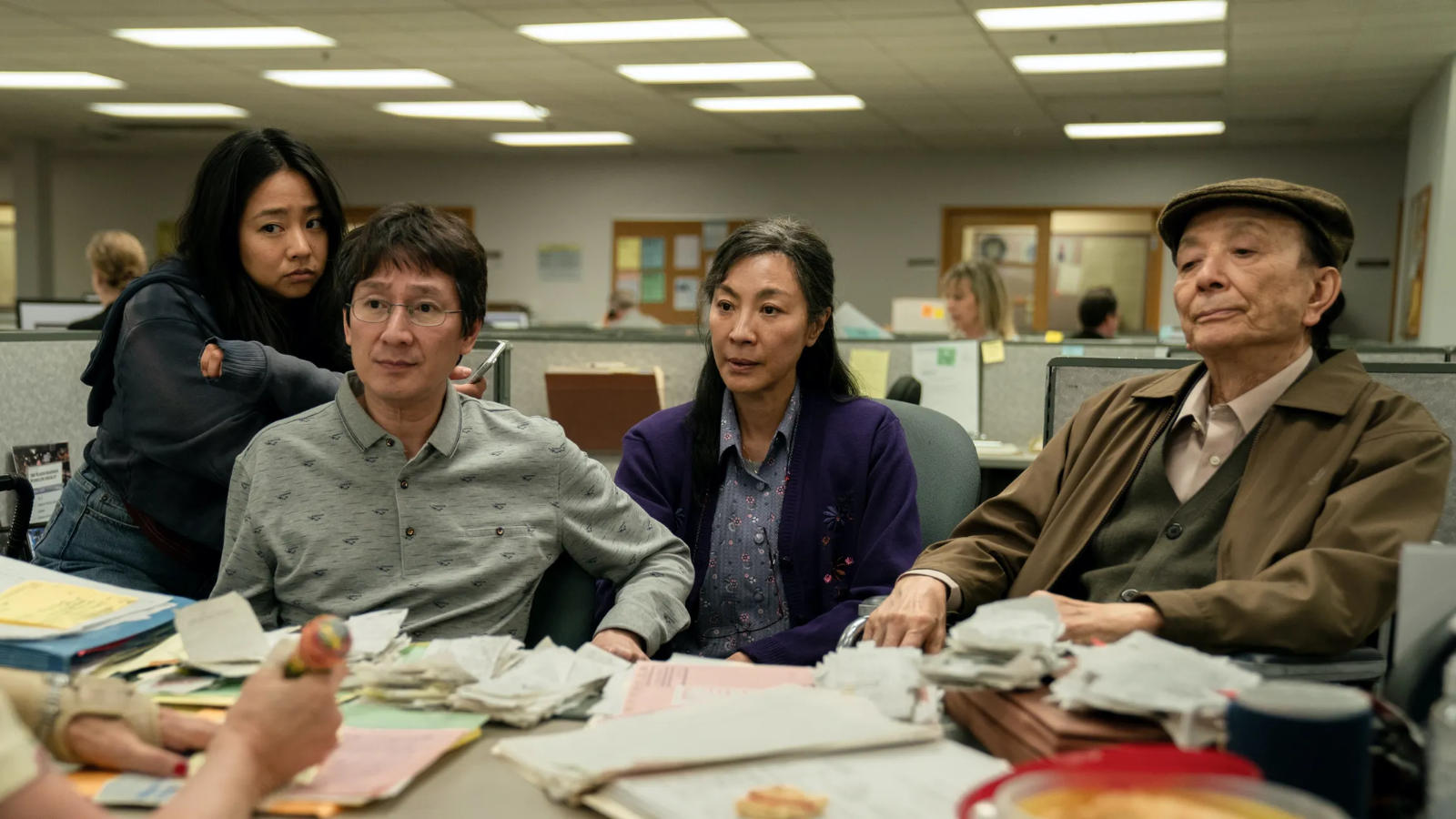


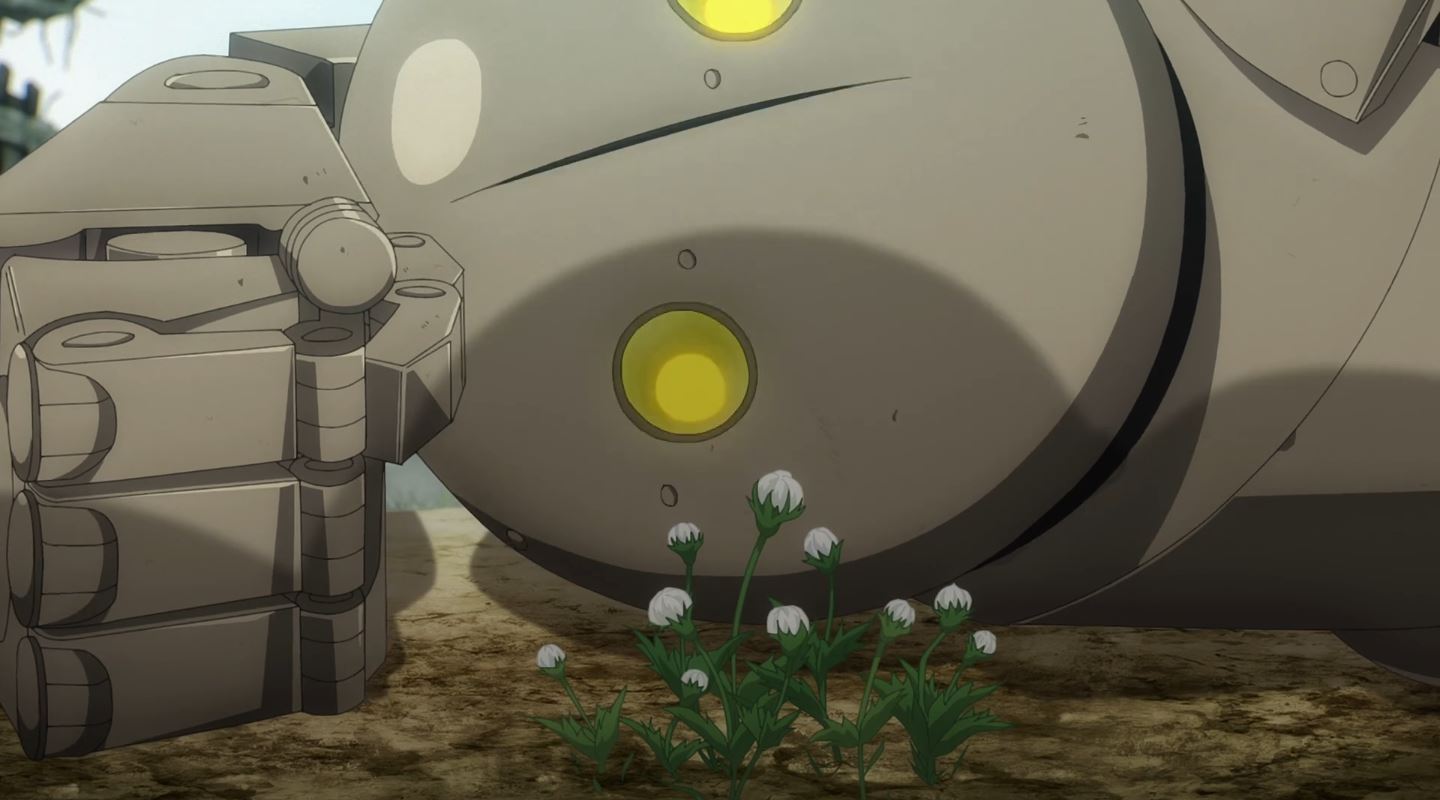

Leave a comment